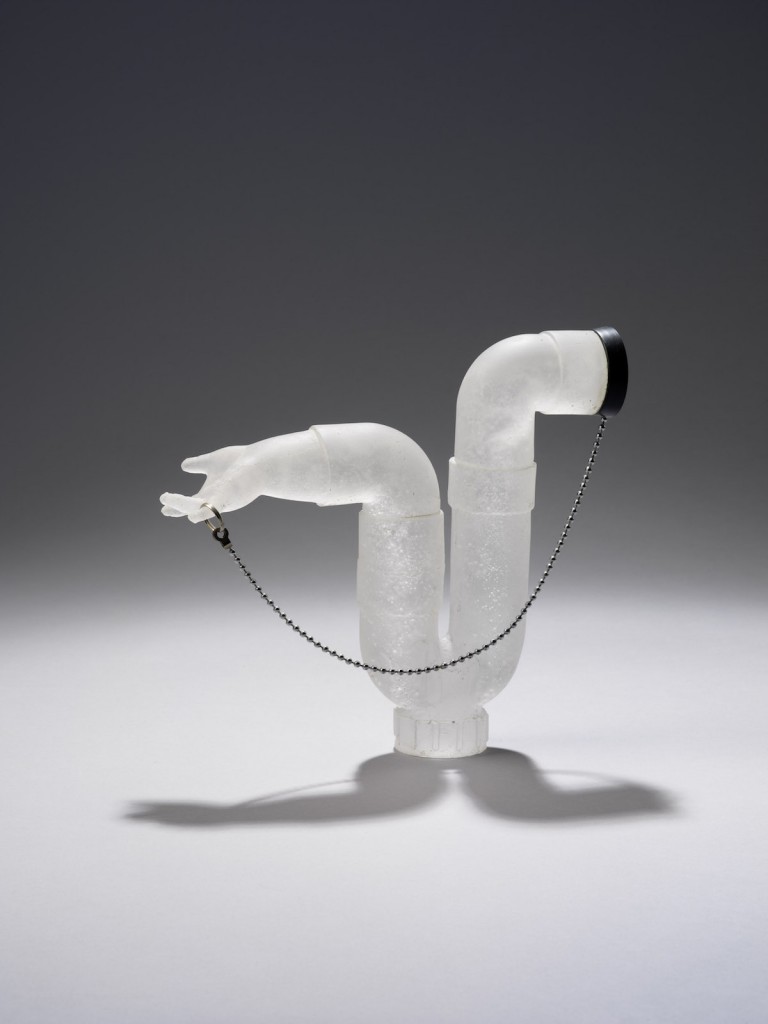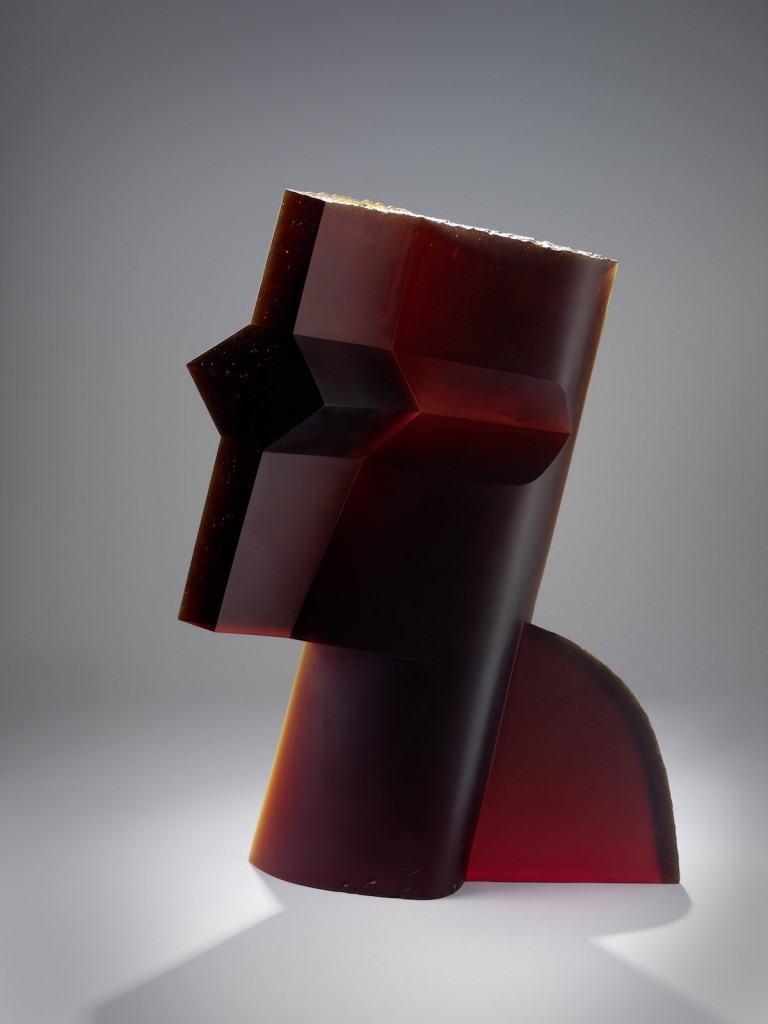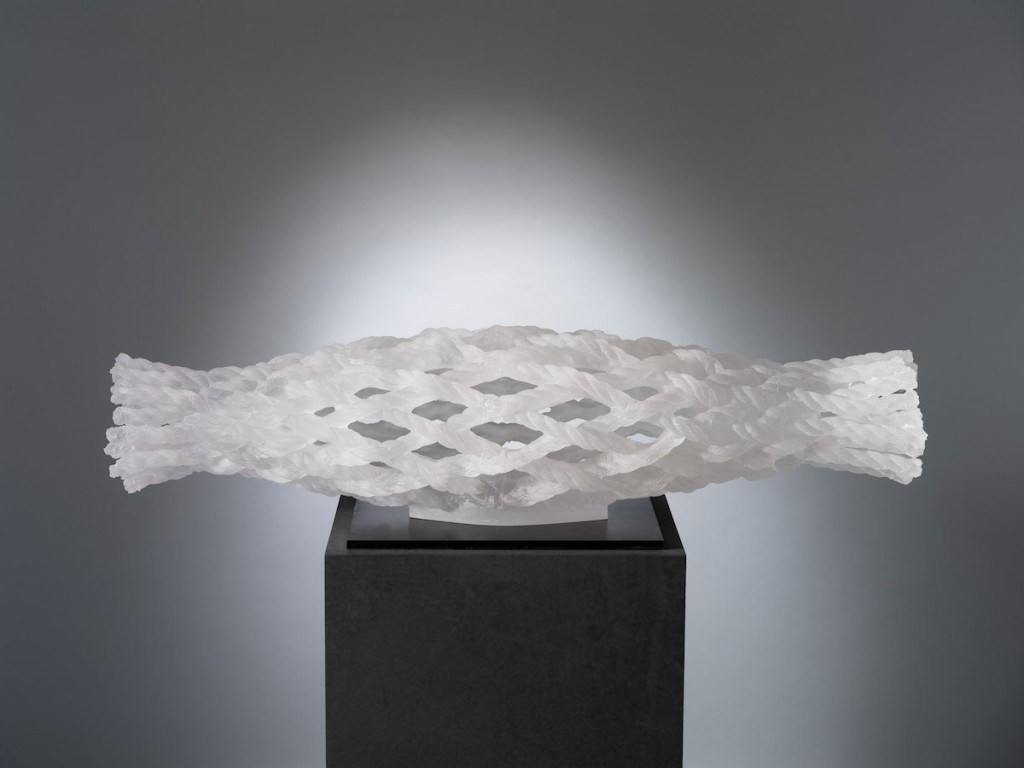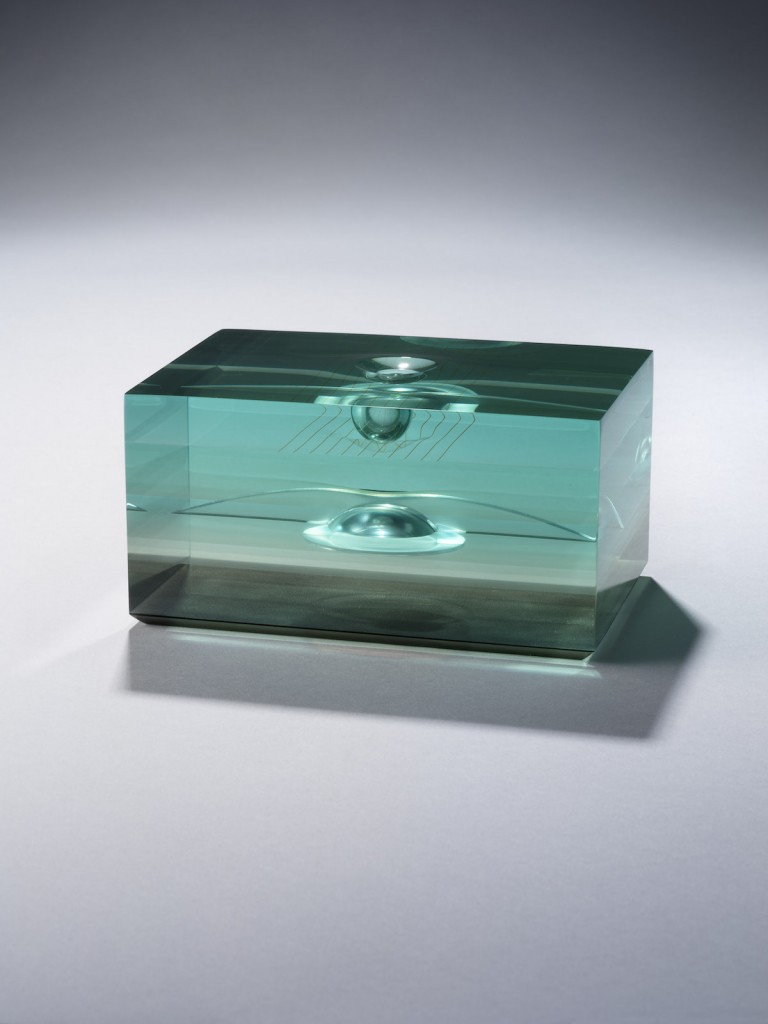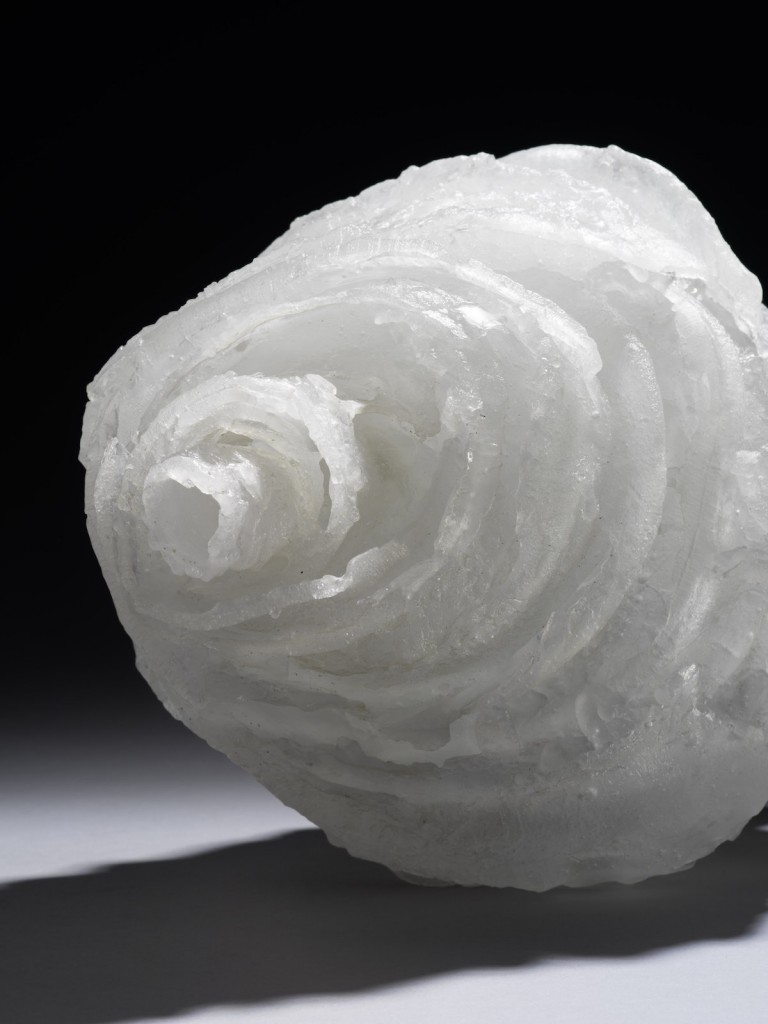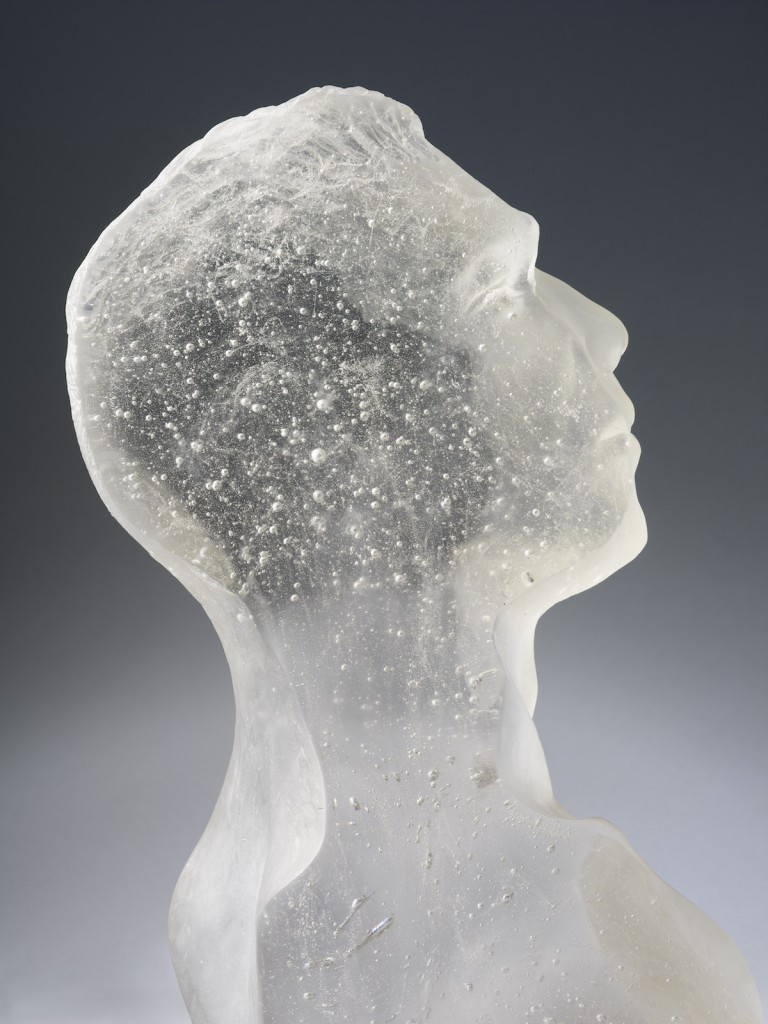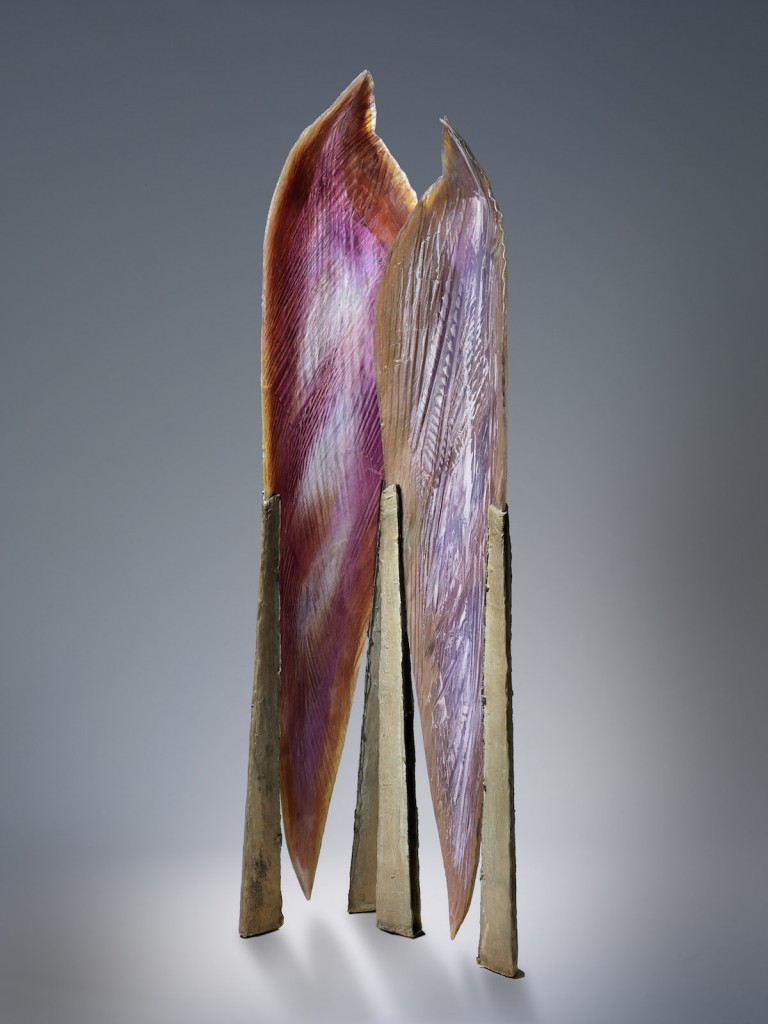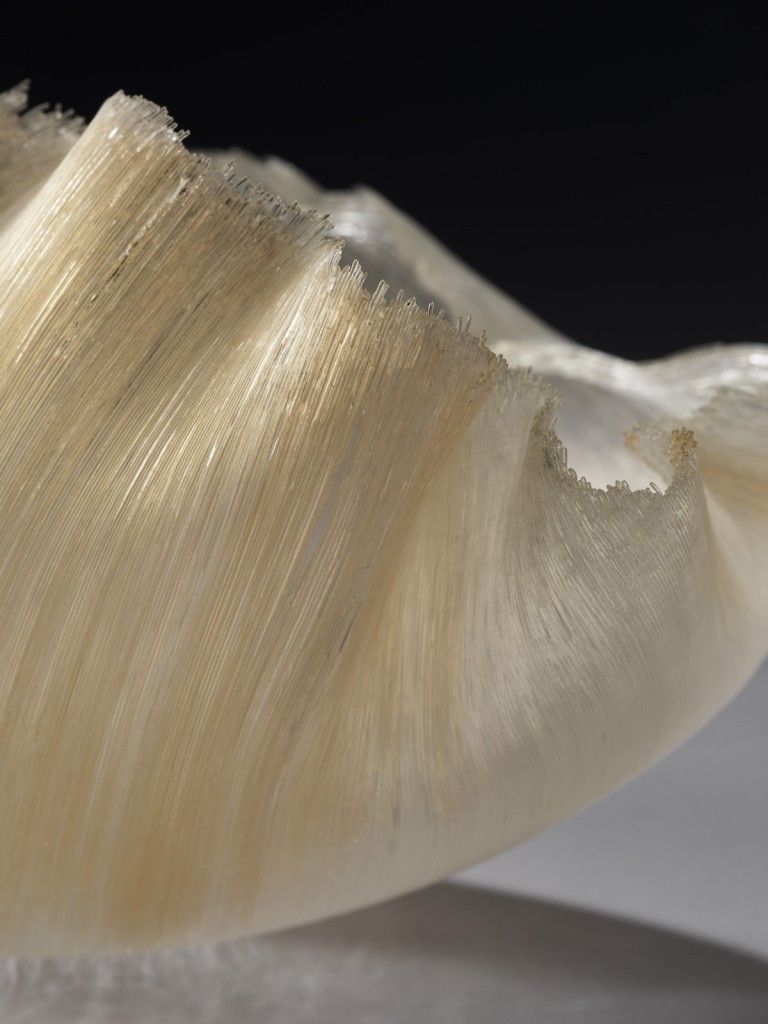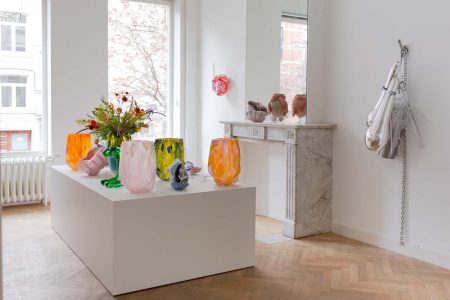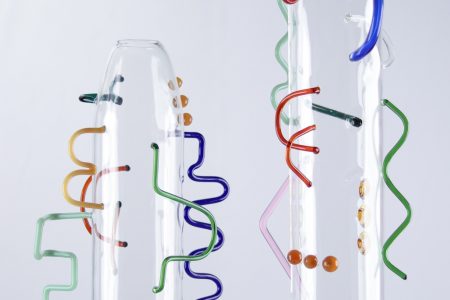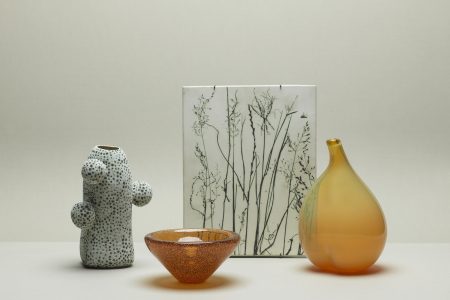A Shared Passion at the MusVerre
Anne Vanlatum discusses the stories behind the objects in the collection of Marcel and Gigi Burg, recently donated to the Sars-Poteries institution
Anne Vanlatum, the artistic director of the MusVerre in the Hauts-de-France region, used to cross paths with Marcel Burg quite often. He and his wife Gigi were devoted glass collectors, and Vanlatum would see Marcel at exhibitions, in galleries, at the Strasbourg Biennial. They found themselves even bidding on the same pieces, and during one such “loss” for Vanlatum, Burg told her that perhaps the piece “was not completely lost to the museum.”
He held true to his word: a decade after that encounter, Burg donated the entire collection —nearly 100 contemporary glass pieces—to the MusVerre. The institution is honouring the extraordinary gift with Une passion partagée (A Passion Shared), an exhibition showcasing the instinct, the joy and the devotion behind the careful selection of works.
We spoke to Vanlatum to discuss the backstory of the donation, the most intriguing items in the exhibition and the impact of the MusVerre in Sars-Poteries.
TLmag: Did Marcel Burg really know in advance that he was going to donate the collection to this institution in particular?
Anne Vanlatum: I don’t know if he knew before. I think his decision was oriented by life: he lost his wife unexpectedly in December of 2015, and that’s one of the reasons why he took the decision to organise everything —he wanted this collection in good hands. In a few weeks he made the decision to donate the whole collection to the museum. I asked him, “Why our museum?” He told me that one morning he woke up and it was just obvious for him, that it should be this one and not another museum. [Ed’s note: Marcel Burg passed away shortly after]
TLmag: You found yourself chasing after the same objects in auctions, as your collections started around the same time.
AV: Yes, and they had the same evolution. We knew each other and he knew my work and the choices the museum made for our collection. Marcel Burg was a very discreet man and he didn’t talk a lot, but I think that was probably one of the reasons behind his decision.
TLmag: And yet he was so passionate in terms of his purchases —you’ve said that behind every piece there’s a story of an encounter with another person. They were emotional purchasing decisions.
AV: I didn’t get the chance to ask him about the stories, but I contacted some artists afterwards to talk about the pieces. I also contacted the galleries, because that’s were he bought most of his pieces. He trusted the gallery owners, and that’s not often the case with collectors, as they often like to buy directly. He did have contact with the artists, but he also trusted the work of the galleries.
In terms of a symbolic and personal connection, the most important piece is one by Udo Zembok, [called Écoute]. He told me that, as a couple, they were listeners, and that’s important in any type of relationship, as well as in life. In society, you have to be able to listen to others. That was an interesting thing to hear.
The owner of Galerie B in Germany told me that, when he discovered a piece by Paolo Martinuzzi, it was love at first sight. His reaction was very strong. He didn’t buy pieces because they were important or an investment: he felt something with the works, with special pieces.
TLmag: How did you decide how to set up the objects in the exhibition space?
AV: Making a chronological exhibition was impossible. With 86 pieces from 65 different artists it’s very difficult to place the pieces against each other. There are two very large pieces from Mark Bokesch-Parson, a British artist, and my first idea was to put them close to each other, but doing so was impossible. The huge piece by [Stanislav] Libensky doesn’t work chronologically with the other pieces. We had to work with the shape, colours, the figurative, the abstract.
TLmag: Which piece in the collection speaks to you the most?
AV: There’s a piece by Ivan Mares, quite large, 140 centimetres wide [called Spindle]. I had been very interested in his work, but we didn’t have a Mares piece in the museum yet. Most of the pieces are interesting and heartbreaking and beautiful… but I remember the first time I visited Marcel Burg’s house and I saw that this one in particular had a wonderful place in his living room. So, if you put all that together, that’s a very special piece to me.
TLmag: Last time we spoke, [director] Aude Cordonnier mentioned that you hoped the MusVerre would become a beacon of hope for an economically hit area. Since the opening of the institution a bit over a year ago, what sort of impact has it had on Sars-Poteries?
AV: We know that in the first year we had more than 83,000 visitors. That’s a lot. With the old museum, as it was very small, the average number was 17,000 visitors per year.
In terms of indirect economic impact, it has benefited the local restaurants —sometimes they’re completely full. We have seminars here, because of the available space, and the people who come here on work do come back with their families —there’s a lost of nature tourism, and we’re working on bicycle tours based on the épis de faîtage on top of the houses.
We hope the museum will have a long-term impact on the area, to help it develop further. We have many ideas.There’s still a lot to do.
Une passion partagée is on display until March 4
